Ditch the tent and slumber under the stars with this gear designed to make the most of al fresco nights in the backcountry.
The first time I camped in the desert, the sheer volume of stars over my head at night was staggering. I was on a multi-day bikepacking trip through the Four Corners area of Utah and Colorado, spending my days riding sandy washes and slickrock and my nights staring into the sky, mesmerized. My guide insisted I try cowboy camping, and I’m in the habit of doing what professionals tell me.
I left my sleek, two-person shelter in my truck. I felt vulnerable without the thin mesh fabric separating me from the great outdoors, as if I were inviting snakes and mountain lions to stop by for a snack.
Of course, nothing bad happened to me that night. People have been sleeping under the stars for centuries without issues.
What Is Cowboy Camping?
Fortunately, cowboy camping has nothing to do with eating beans out of a can over an open fire. You don’t even need a horse. Cowboy camping essentially streamlines the backpacking experience and focuses on sleeping sans shelter: You take a page out of John Dutton's book in Yellowstone and post up under a tree, a nice grassy knoll, or any semi-rock-free bit of land for the night—no tent or sleeping bag. Of course there aren't hard and fast rules, so you can absolutely use a pad and sleeping bag and still call it cowboy camping.
Ditching shelter saves weight and space on your bike. I didn’t have to bother with pitching a tent after a long day in the saddle. I just rolled into camp, lit my stove, ate, and crashed. Reversing the process in the morning was just as easy. And most important of all, there was nothing between me and the sky above. Each night, I counted double-digit shooting stars before drifting off to sleep.
How to Cowboy Camp
Dry climates offer the best terrain for cowboy camping, as you typically don’t have to worry about surprise summer thunderstorms or a heavy dew settling in at night.
I live in the extremely damp Southern Appalachians, and if you rely on the right gear and follow a couple of smart precautions, you can be comfortable sleeping in the wild cowboy-style no matter the geography.
A few things to keep in mind as you plan your first cowboy camping outing:
- Gear is key. You want waterproof or water-resistant pieces that are durable.
- Be aware of where you set up your sleeping pad and avoid potential bug nests or snake dens.
- Keep an eye on the weather and bring an emergency shelter (tarp or bivy) in case a storm rolls in.
Here are the key pieces of cowboy camping gear you need for a successful outing.
Essential Gear for Cowboy Camping
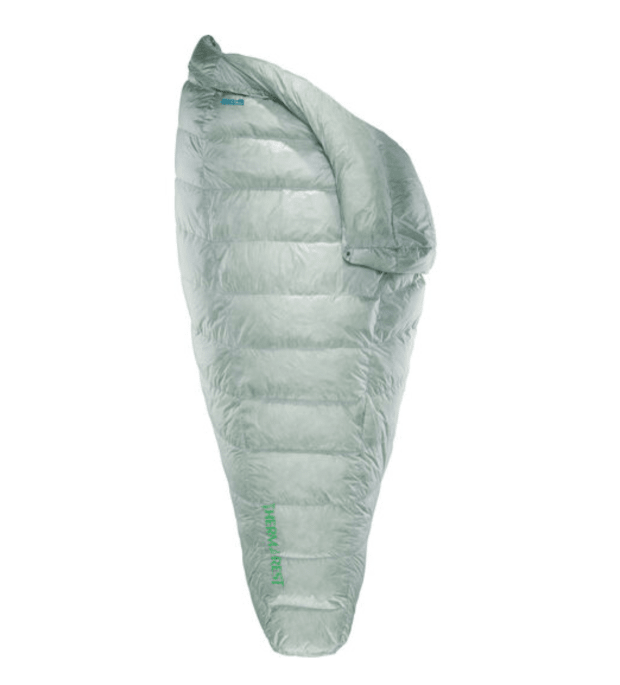
1. Therm-a-Rest Vesper Quilt
Vesper gives all the comforts of a sleeping bag, thanks to details like a snap-neck closure, insulated foot box, and straps that wrap around your pad to maximize warmth—but without the weight (15oz for regular size). Just as important, it’s packed with 900-fill Nikwax hydrophobic down that'll stay dry even if a heavy dew settles in overnight. In the morning, it packs down smaller than a Nalgene bottle. For added warmth, opt for the 20-degree version.
[From $395; thermarest.com]
Courtesy Image
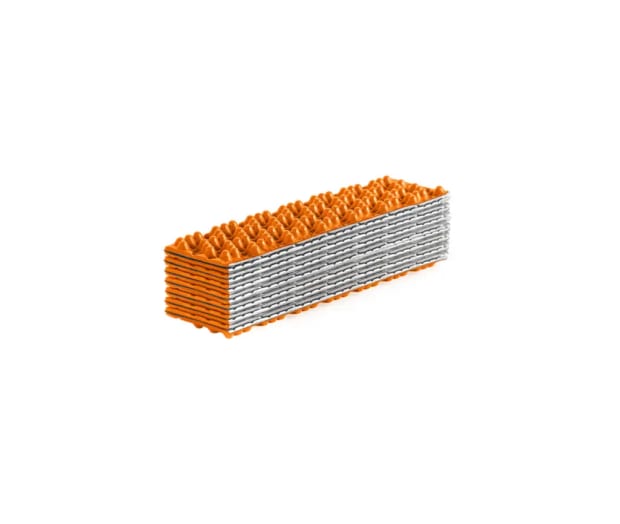
2. Nemo Switchback Sleeping Pad
Inflatable sleeping pads have become the standard for backpackers, but we like closed-cell foam for cowboy camping because the pads can’t be punctured. They also set up fast and can double as a seat. Nemo’s Switchback is almost an inch thick, folds up tight thanks to the unique hexagonal nesting design, and has a reflective film that bounces heat back to your body for more insulative properties.
[$55; nemoequipment.com]
Courtesy Image
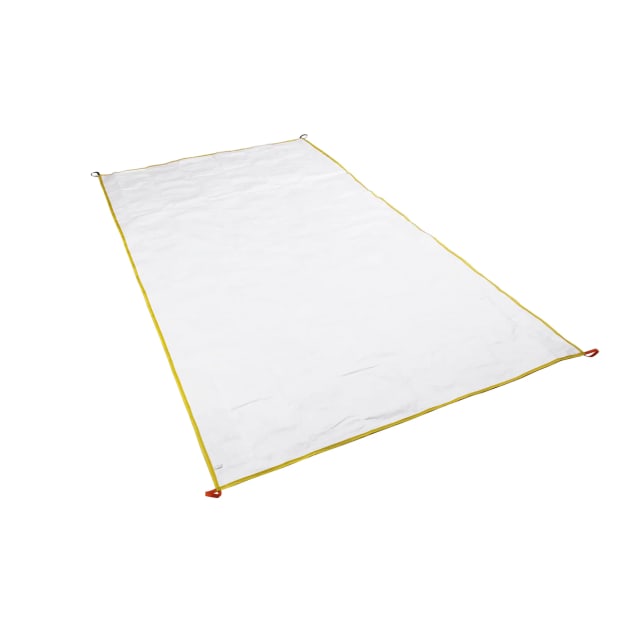
3. Sea to Summit Escapist Groundsheet
Success begins with the groundsheet. The Escapist is made from Tyvek, a waterproof, durable tarp material that also happens to be feather-light—as in 5.8oz. At 7’3” long and nearly 4-feet wide, it's just big enough to shield your bedspread from the ground, with room to keep shoes and a pack out of the dirt.
[$60; seatosummit.com]
Courtesy Image
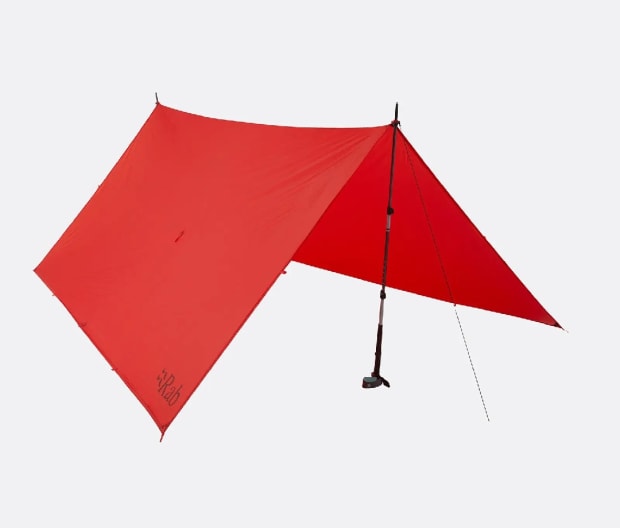
4. Rab SilTarp Plus Duo
Ideally, you'll be sleeping under the stars like a cowboy, but weather happens and packing an ultralight tarp like Rab’s SilTarp gives you a night-saving option. Made from siliconized nylon and weighing just over 20oz, the shelter is offered in a variety of sizes, but the Plus Duo gives you enough room to cover two people and can be set up in a variety of ways, from an A-frame to a dome, thanks to multiple guyline points. Use trekking poles, lines, or a combination of the two to set it up depending on your terrain.
[$180; rab.equipment]
Courtesy Image
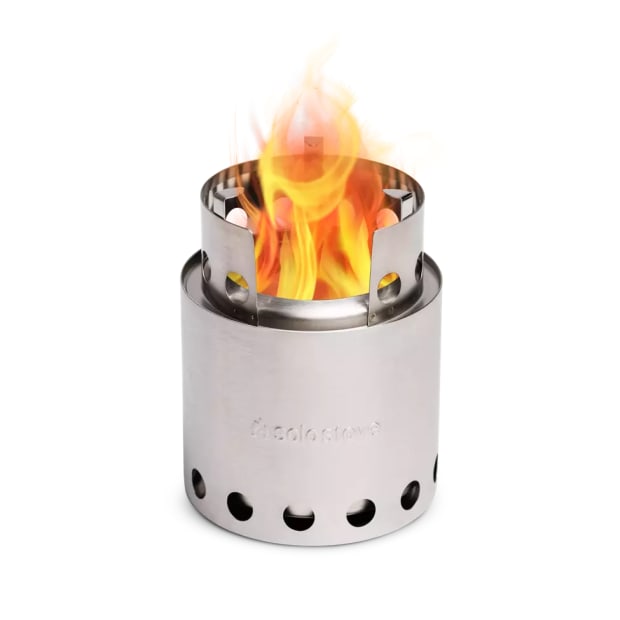
5. Solo Stove Lite
Take Solo Stove’s super-hot, virtually smokeless fire pit and shrink it down to backpacking size (9oz) and you get Stove Lite. This portable stove gives you the experience of cooking over an open fire—just like a cowboy—but with Solo Stove’s air-circulation tech that maximizes burn efficiency.
It burns kindling, which is free and plentiful where I live in the Southern Appalachians, but if you’re camping in terrain where kindling is hard to find, like a desert, you can add an alcohol burner kit. If you use kindling, it'll take longer to boil water when compared to a gas stove, but you’ll also be able to enjoy a small campfire while leaving no trace at the campsite.
[$65; solostove.com]
Courtesy Image
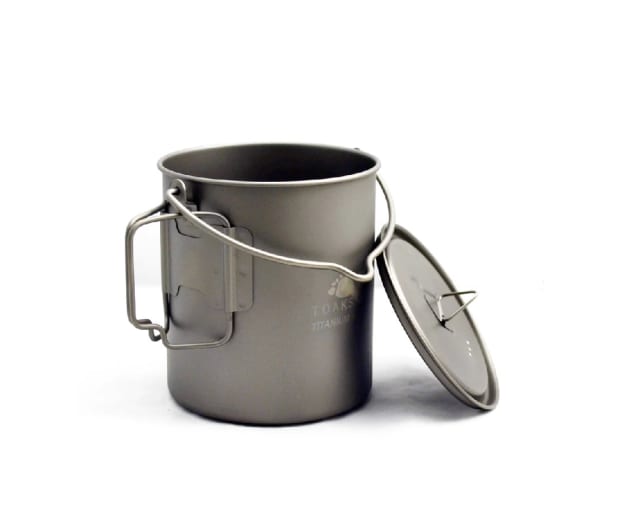
6. TOAKS Titanium Pot
If you need to boil water for more than one meal or a single cup of coffee, TOAKS' Titanium Pot holds 25oz, but weighs just 3oz, and is designed to be used over an open flame. The titanium build resists corrosion, side handles make for easy pouring, and a detachable bail handle and lid have a locking grip. Cooking for just one? Go with the brand's Light Titanium Pot, which holds 18oz of water.
[$30; toaksoutdoor.com]
Courtesy Image
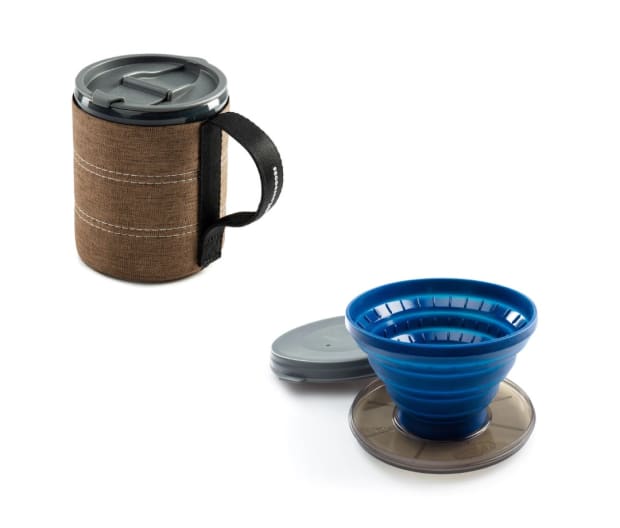
7. GSI Infinity Backpacker Mug and Collapsible JavaDrip
Infinity Backpacker Mug is in a league all its own, boasting quality materials (BPA-free polypropylene and recycled plastic) and insulative properties. Your cup of coffee stays warmer for longer inside the 3.5-oz mug, which holds up to 17.5oz. Thanks to a snap-tight lid, it won't spill.
Be sure to pair it with JavaDrip, a simple silicone coffee maker that collapses into a thin disc so you can enjoy drip coffee in the wildest locations. Bring your own No.4 filters or add GSI’s reusable Java Filter ($5.50).
[Mug, $13, Maker, $15; gsioutdoors.com]
Courtesy Image
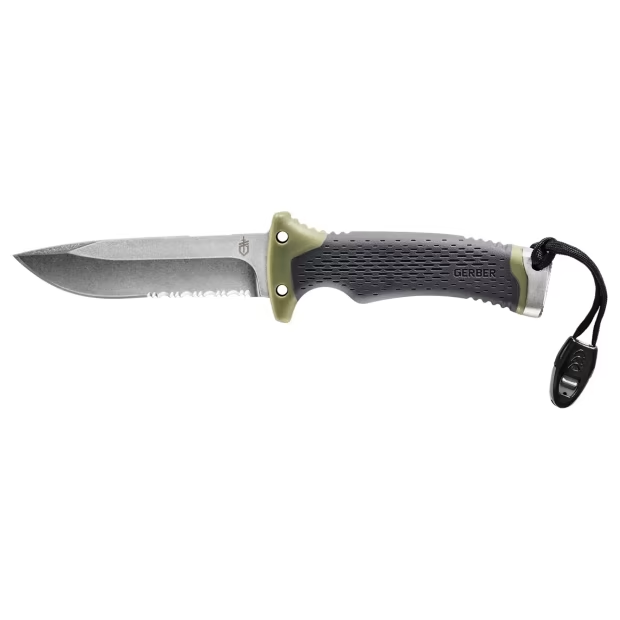
8. Gerber Ultimate Knife
Pocket knives are portable, but a fixed-blade knife is more practical in the backcountry. The Ultimate has a half-serrated, full-tang blade that’s tough enough to handle work duties like shaving/batoning kindling for the stove. The handle also has a pommel for hammering stakes and the sheath has a built-in flint so you can start a fire the cowboy way.
[$62; gerbergear.com]
Courtesy Image
from Men's Journal https://ift.tt/KThjlUe


0 comments